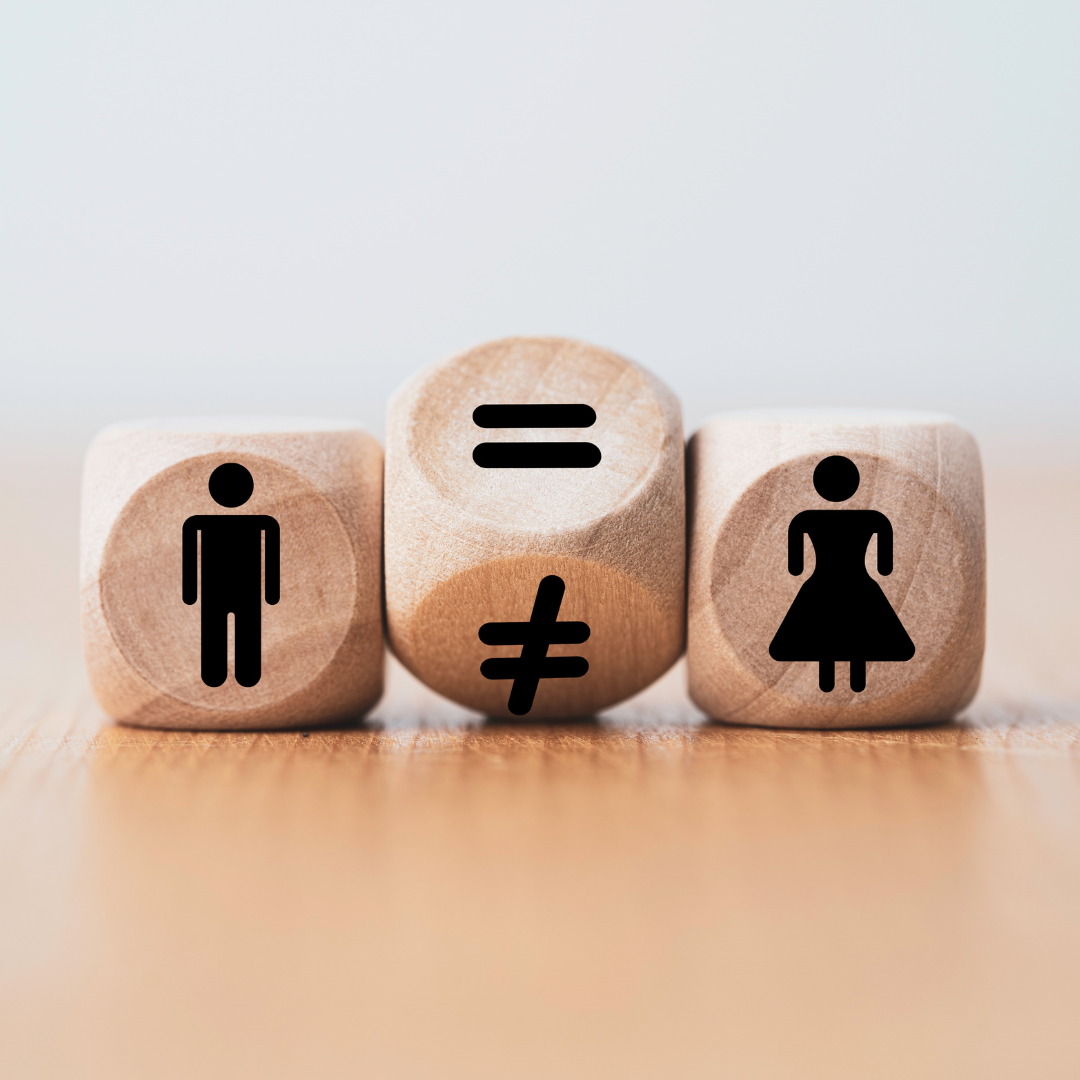
Last week, for the first time, the difference between what men and women are paid, as a median (that is, the middle value when the pay of male and female employees within a company is listed from lowest to highest), at some of Australia’s largest companies was revealed. Under new laws, the Workplace Gender Equality Agency (WGEA) published the data, which shows the gender pay gap at 5,000 private sector businesses with 100 employees or more, with the hope to spur employers to close the pay gap.
The report shows that, despite significant progress in gender equality and labour laws, the gender pay gap still persists across various industries and occupations, including major airlines, banks and even some companies where women make up the majority of the workforce, or are the predominant customers – such as fashion houses. This has sparked debate and further calls for action.
In Australia, the median gender pay gap is at 19%. In dollar terms, it means that a woman is paid $18,461 less than the median of what a man is paid. There is, however, significant pay disparity across different industries, ranging from the construction industry where the mid-point employer gender pay gap is 31.8%, to the accommodation and food services industry where the mid-point employer gender pay gap drops to 1.9%.
The WGEA scores pay gaps as “in favour of men” > 5%, “in favour of women” < -5%, and “neutral”, where neutral is within -5% and 5%. The salaries of part-time and casual workers were annualised (because women make up a large proportion of this workforce), and the information shows the median pay gaps, not average ones, to avoid the results being over influenced by senior executive’s salaries.
After analysing the data, WGEA found that an overwhelming 62% of pay gaps are more than 5% in favour of men, while only 8% are less than -5% and in favour of women. Across all employers, 50% have a gender pay gap of more than 9.1%.
Contrary to what many people think, the pay gaps are not reflective of companies paying male and female employees different amounts for the same work, which has been illegal for more than 50 years, but mostly represent men working in higher-paid roles within a company.
A spokesperson for Qantas said that the pay gap “does not mean women are paid less than men to do the same jobs at Qantas and Jetstar but shows there is a significant underrepresentation of women in highly paid roles like pilots and engineers across airlines globally” and the company is “working hard to encourage more women into pilot and engineering roles” but that due to the years of training required “improving the gender balance of these workgroups will take time”.
So how can this be the case when, in today’s society, we perceive ourselves to be ‘equal’ and have no bias towards sex when it comes to hiring and promoting?
Research conducted by KPMG found that one third of the gender pay gap was caused by women bearing the brunt of the caring responsibilities for children and older family members.
Women are far more likely to take a career break after having children and are far more likely to work part-time than men – in fact, 30% of women, compared to 11% of men. Furthermore, employer data showed that that in 2022-23, only 7% of managers were employed on a part-time basis, meaning part-time workers face a “promotion cliff”. We know that there can be conscious and unconscious discrimination that affects hiring and promotional decisions.
Another main driver of the pay gap was industrial and occupational segregation, which see women over-represented in lower paid industries, such as accommodation and food services; public administration and safety; and arts and recreation services.
The gender pay gap is a persistent and complex problem that, according to the federal government, costs the Australian economy $52 billion every year. Let’s hope this transparency, which shines a light on the gender pay gaps at an employer level, helps drive the change needed to close the gap.
For further information and data, visit the WGEA Data Explorer
